Optimal Timing for Sprinkler Blowout
Determining the optimal time for sprinkler blowout service is essential to protect irrigation systems from winter damage. Typically, the best time to perform this service is late fall, before the first hard freeze occurs, or early winter, depending on local climate conditions. Conducting the blowout before freezing temperatures ensures that water remaining in the pipes does not freeze, expand, and cause damage or cracks.
Performing sprinkler blowout before freezing temperatures prevents pipe damage and costly repairs during winter.
Monitoring weather forecasts and temperatures can help determine the right time for service, especially when temperatures are expected to drop below freezing.
In colder regions, early fall is ideal, while milder climates may allow for later scheduling, ensuring system safety.
Postponing sprinkler blowout increases the risk of pipe bursts, leaks, and system failure during winter.
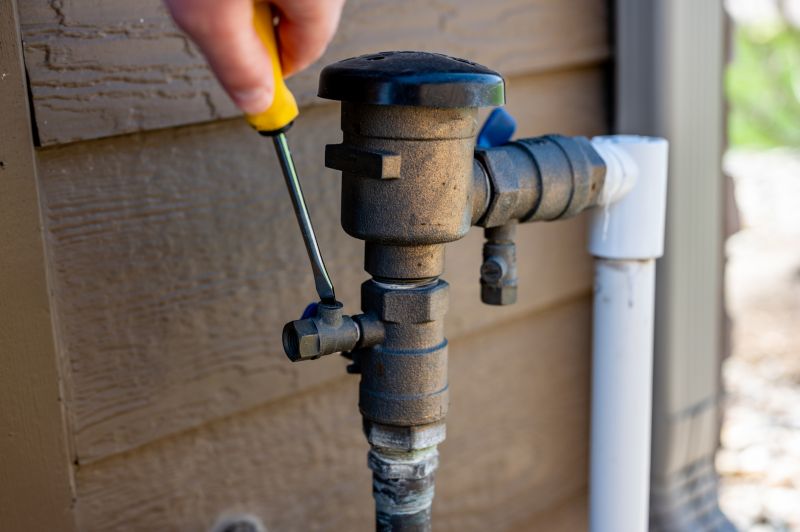
Technicians preparing to blow out sprinkler systems in fall.
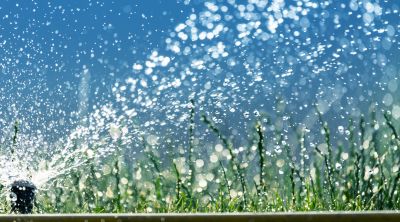
Close-up of sprinkler heads being drained to prevent freezing damage.
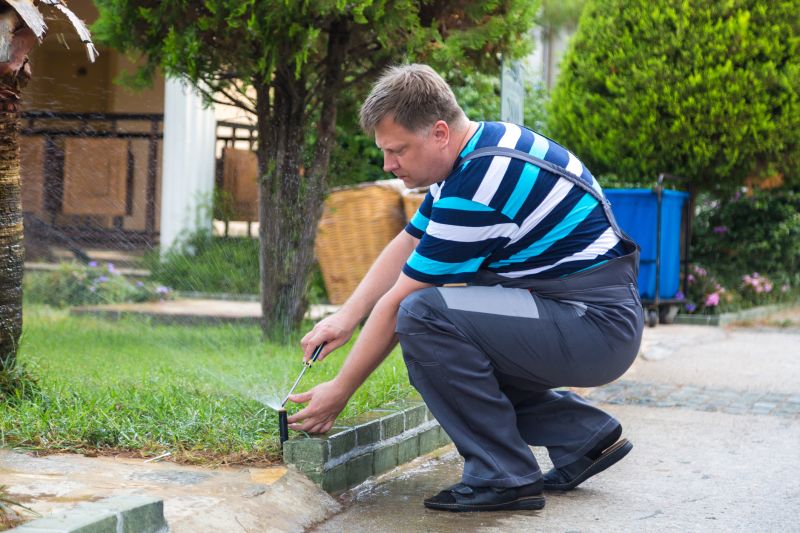
A technician performing sprinkler blowout during autumn.
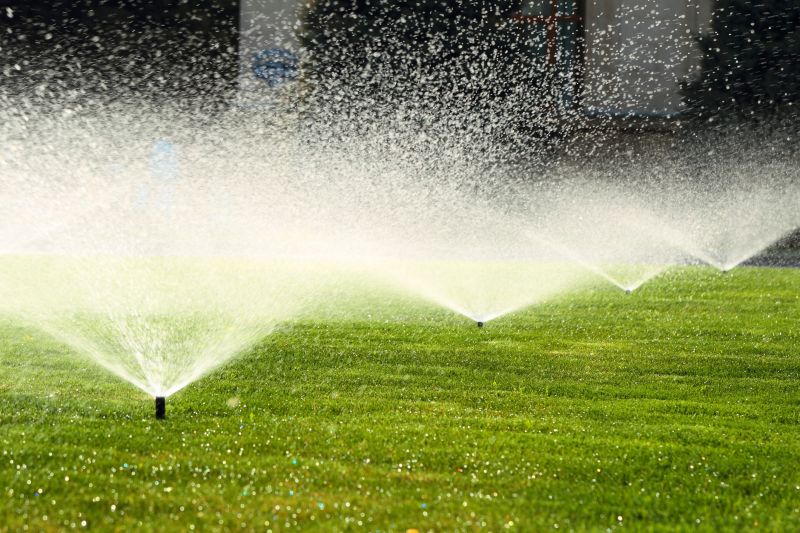
Ways to make Sprinkler Blowout Service work in tight or awkward layouts.
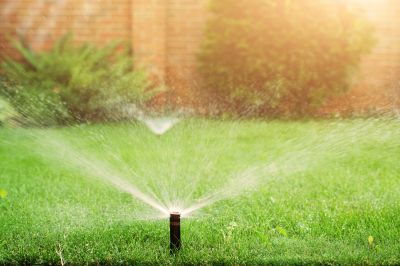
Popular materials for Sprinkler Blowout Service and why they hold up over time.
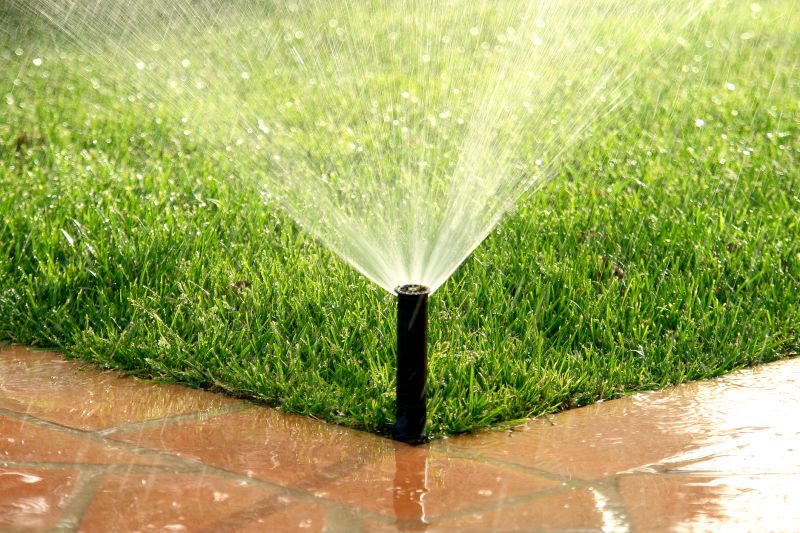
Simple add-ons that improve Sprinkler Blowout Service without blowing the budget.
| Timing Consideration | Details |
|---|---|
| Early Fall | Ideal for regions with early frosts, ensuring system safety before temperatures drop. |
| Late Fall | Suitable when weather forecasts predict upcoming freezes, typically after most leaves have fallen. |
| Before First Hard Freeze | Critical to perform before temperatures consistently stay below freezing. |
| Post-Freeze Warning | Not recommended; system may already be damaged from frozen water. |
| Regional Climate | Adjust timing based on local climate patterns and historical frost dates. |
Sprinkler blowout service is a crucial step in winterizing irrigation systems. It involves removing water from pipes, valves, and heads to prevent freezing and cracking during cold weather. Proper timing ensures the effectiveness of the service and minimizes the risk of damage. Statistics indicate that systems not properly winterized are more likely to incur repairs, which can be costly and disruptive.
Performing sprinkler blowout before the first hard freeze is generally recommended, especially in regions with predictable cold weather. The process involves using compressed air or specialized equipment to clear water from the lines thoroughly. This service extends the lifespan of irrigation components and reduces winter-related failures, saving time and money in the long run.
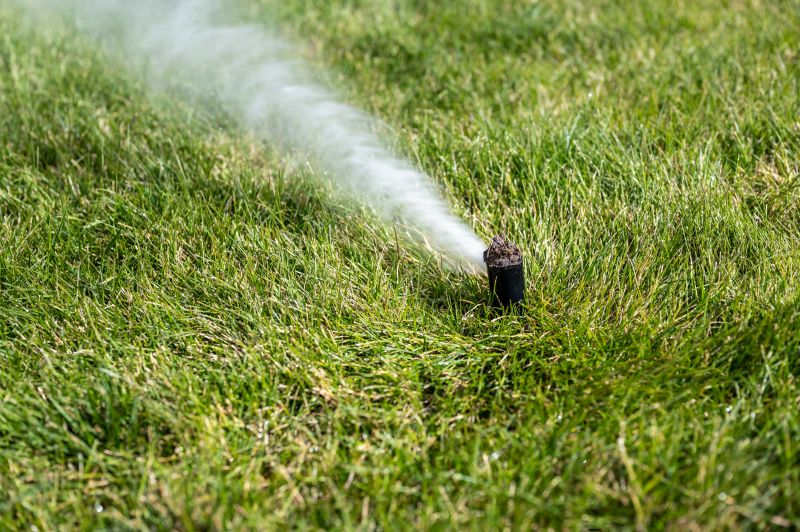
Technician using compressed air to winterize sprinkler lines.
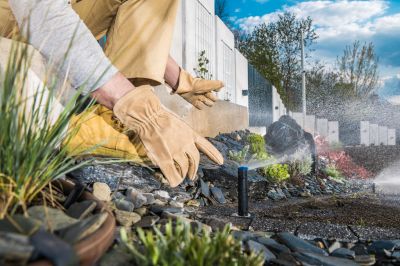
Close-up of sprinkler heads being drained during fall.
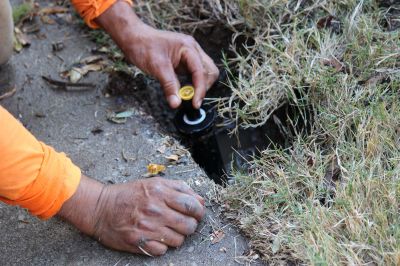
Technician inspecting sprinkler system components.
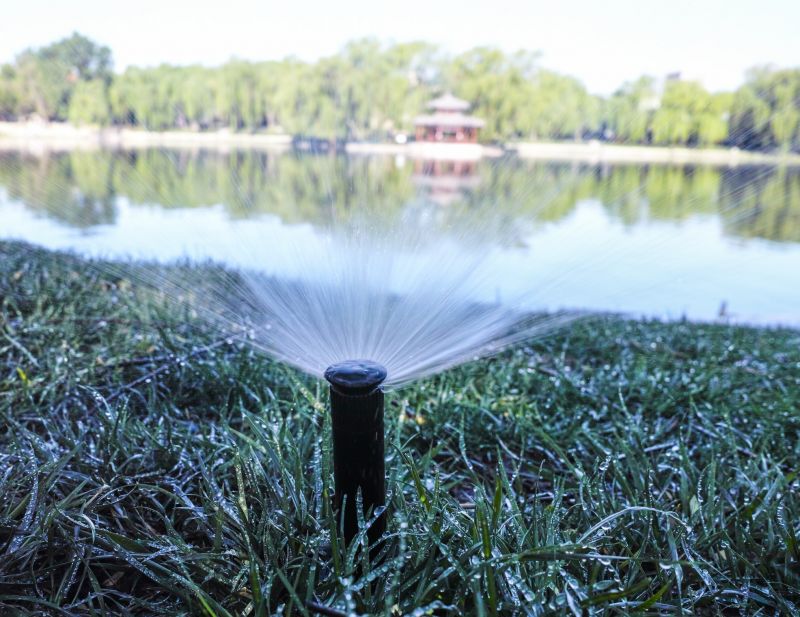
Sprinkler system being winterized before freezing temperatures.
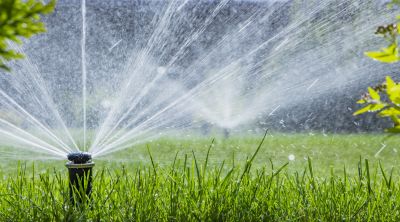
High-end options that actually feel worth it for Sprinkler Blowout Service.
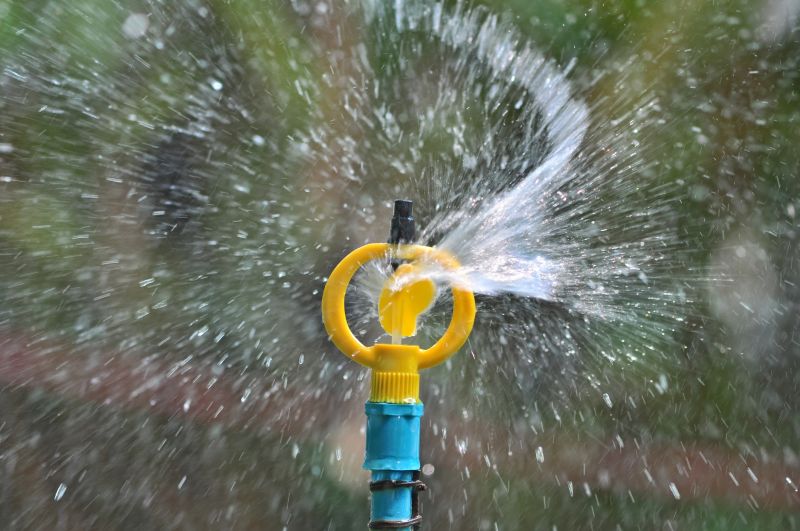
Finishes and colors that play nicely with Sprinkler Blowout Service.
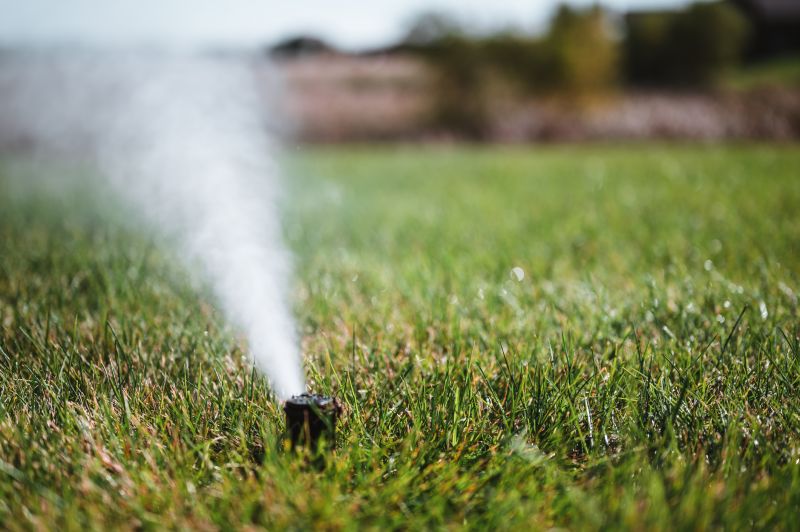
Little measurements that prevent headaches on Sprinkler Blowout Service day.

A 60-second routine that keeps Sprinkler Blowout Service looking new.
Individuals interested in ensuring their sprinkler systems are protected during winter should consider scheduling a blowout service ahead of the first freeze. Proper timing not only safeguards the system but also provides peace of mind throughout the colder months. Contacting a professional early can help coordinate the best schedule based on local weather patterns and system specifics.
